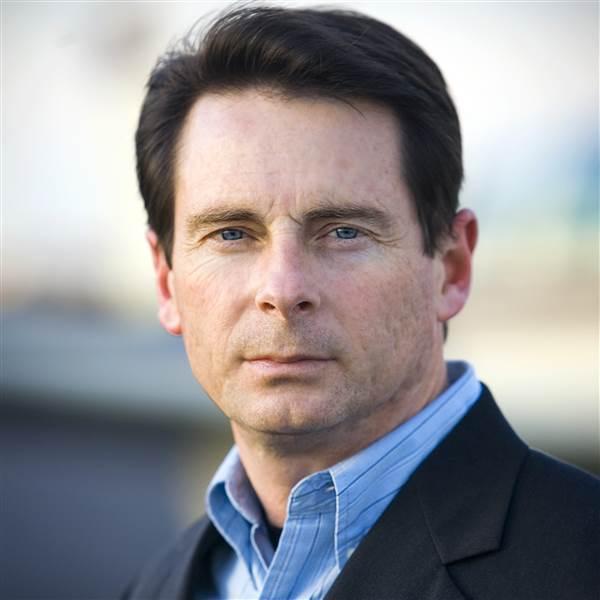As a pilot who flies many long cross-country trips with colleagues and family aboard, Editor in Chief Tom Haines is keenly aware of the difficult decisions facing pilots. "I recently canceled a long-planned trip because of extremely strong winds," Haines recalls. "Normally, the winds would have only slowed me down in the air, but that morning I was also facing a number of challenging circumstances at home and at the office. I knew I wasn't concentrating as well as I should so I decided to cancel the trip. It was a difficult decision, but I'm glad I made the choice. As one who faces such decisions regularly, I am very interested in advice on ways to manage risk — particularly for a single pilot. So when I learned that famed instructors John and Martha King were preparing curriculum for the FAA to help flight instructors better teach risk management skills, I was curious. An interview with John and Martha ensued, and, as you can see in " Training Monarchs" on page 98 the subject of risk management is also important to them."
Alaskan pilot and writer Ellen Paneok has learned much throughout her years flying cargo in the Arctic, (see " Rocking on the Delta," page 134). She says that she often was the ticket agent, baggage handler, aircraft refueler, tire kicker, garbage picker-upper, and — last but not least — pilot. Paneok figured that she had been in the bush a long time when she started recognizing the same boxes that had traveled at least 20 times back and forth between Eskimo villages. She knew that she had become a veteran when she learned how to stack a serious load of bulk cargo into a Cessna 207 and considered it an art that took time to perfect. Because she saw that polar bears hung around airstrips, Paneok learned how to unload a Cessna 207 very quickly. Paneok also saw the "beauty of the Arctic," she says, and shares her experiences with AOPA Pilot readers.
Although today he buys and sells multi-million dollar business jets and provides consulting to Fortune 500 corporate flight departments, Walter Kraujalis understands that everyone has a modest beginning in aviation and should be respectfully nurtured. His beginning was as a lineboy. He has received lots of information and encouragement during a career that went from flight instructor, to corporate pilot, to flight department manager, to aviation insurance safety engineer, to aviation attorney, to entrepreneur. "Whenever anyone is considering a step-up in their flight equipment or aviation career, it's good to have someone with more experience, who's already been there, to ask about things," says Kraujalis. This is the approach he takes with his article, " Is it Time to Turbine?" (see page 127). If you've ever wondered whether a jet is justified, Walter can help.
After spending the summer fire seasons of 1974 through 1978 in Bend, Oregon, working as a DC-3 mechanic on smoke jumpers, Steve Ells was happy to return to his old haunt to attend Lancair's composite repair school. "In the 36 years I'd been employed in aviation maintenance, I had never worked on a composite airplane," says Ells. "As I refer back to my notes from A&P school, I see that the existence of honeycomb materials is mentioned, but we received no useful information. You might say my composite mind slate was blank." After spending a week with Lancair for his article " Airframe and Powerplant: Simple but Strong" (see page 155) Ells says he could make competent repairs on some types of damage to a composite airplane. "One of the things I learned to appreciate about composites was the requirement for a nice, warm 70-degree workspace," he adds. That felt about right during a snowy December in Oregon.



